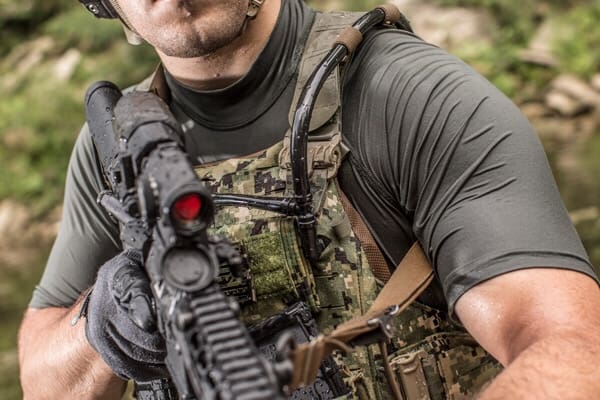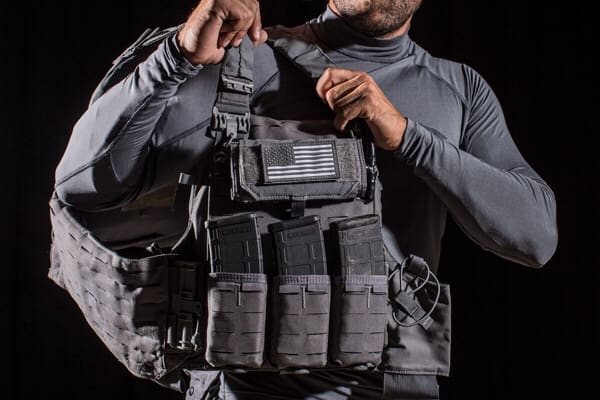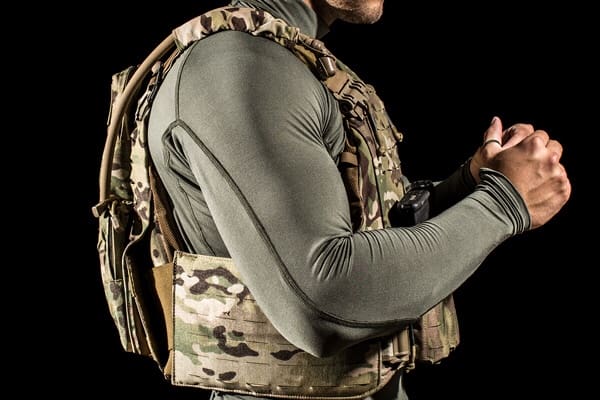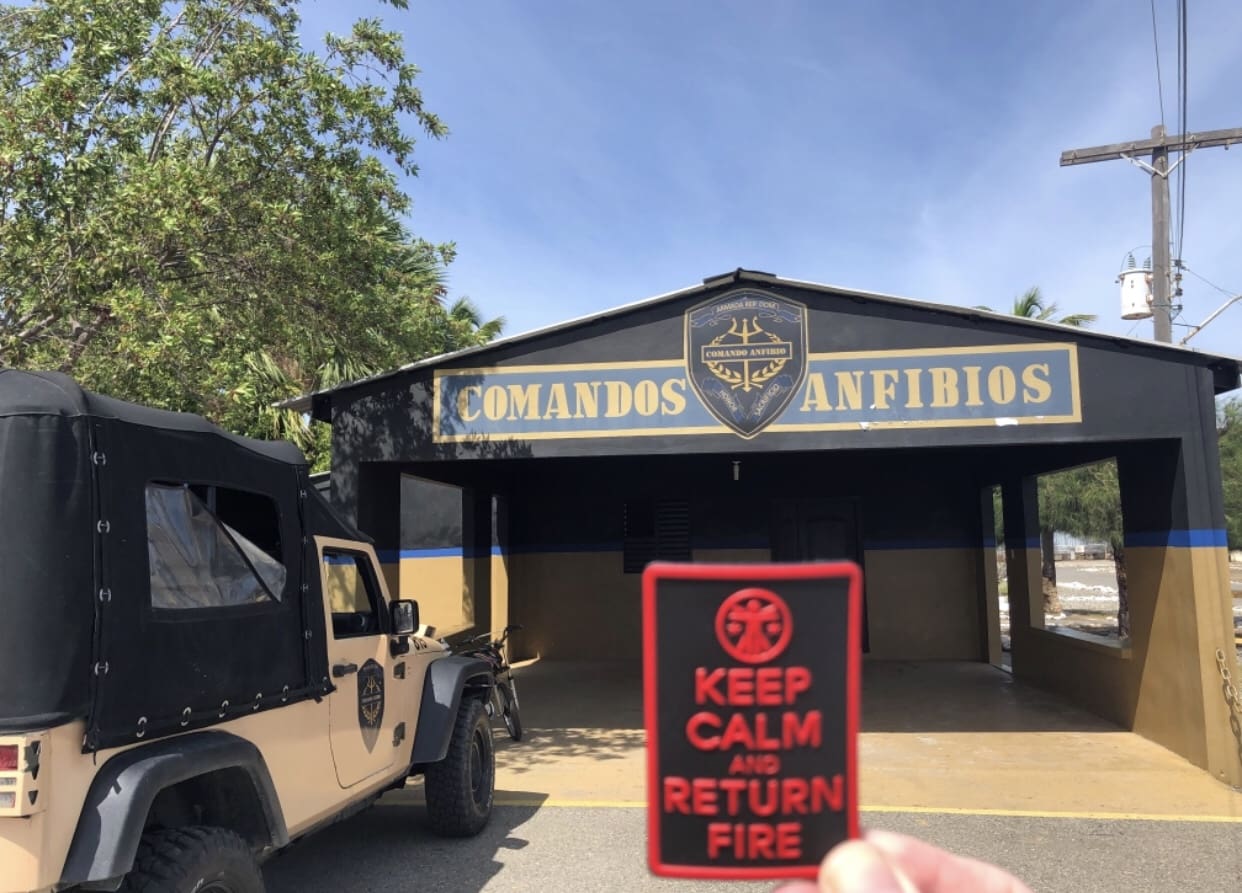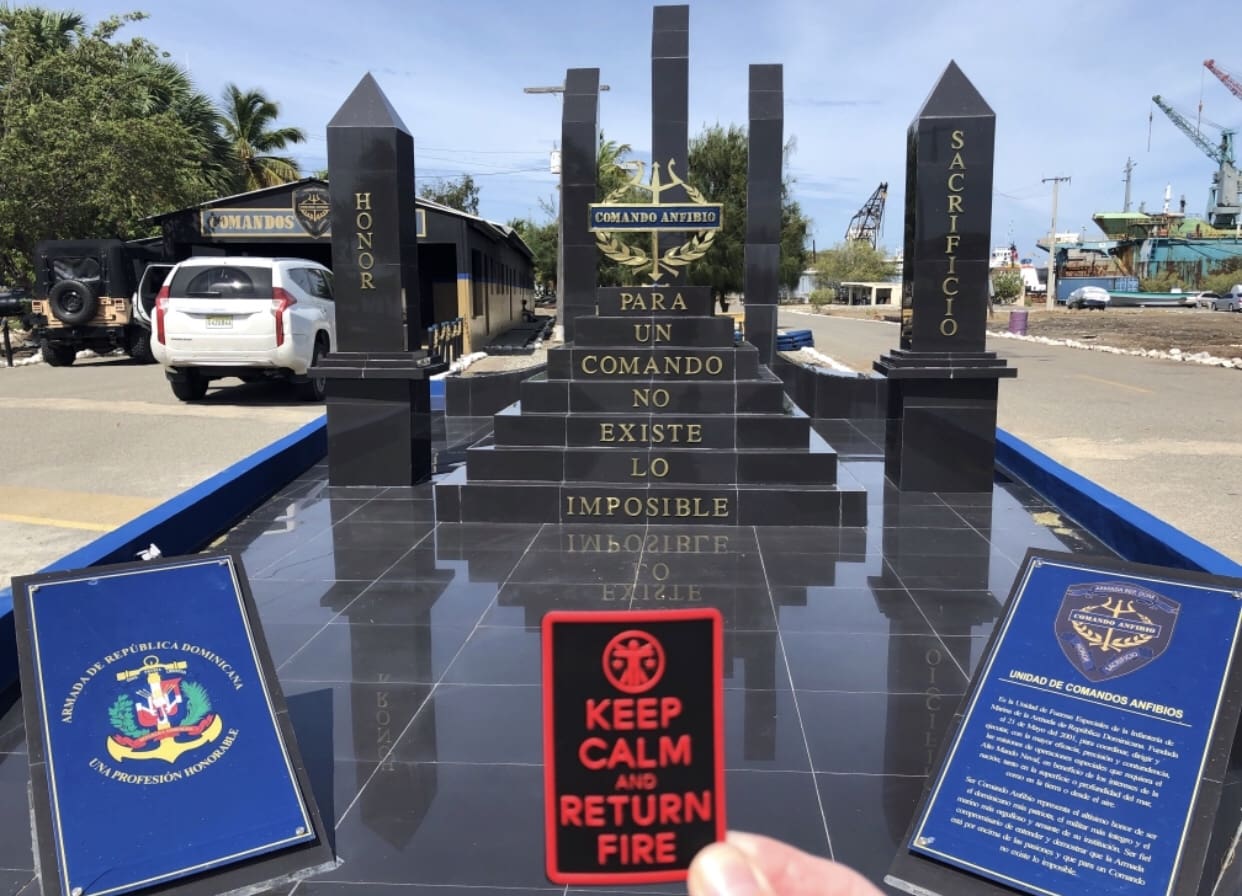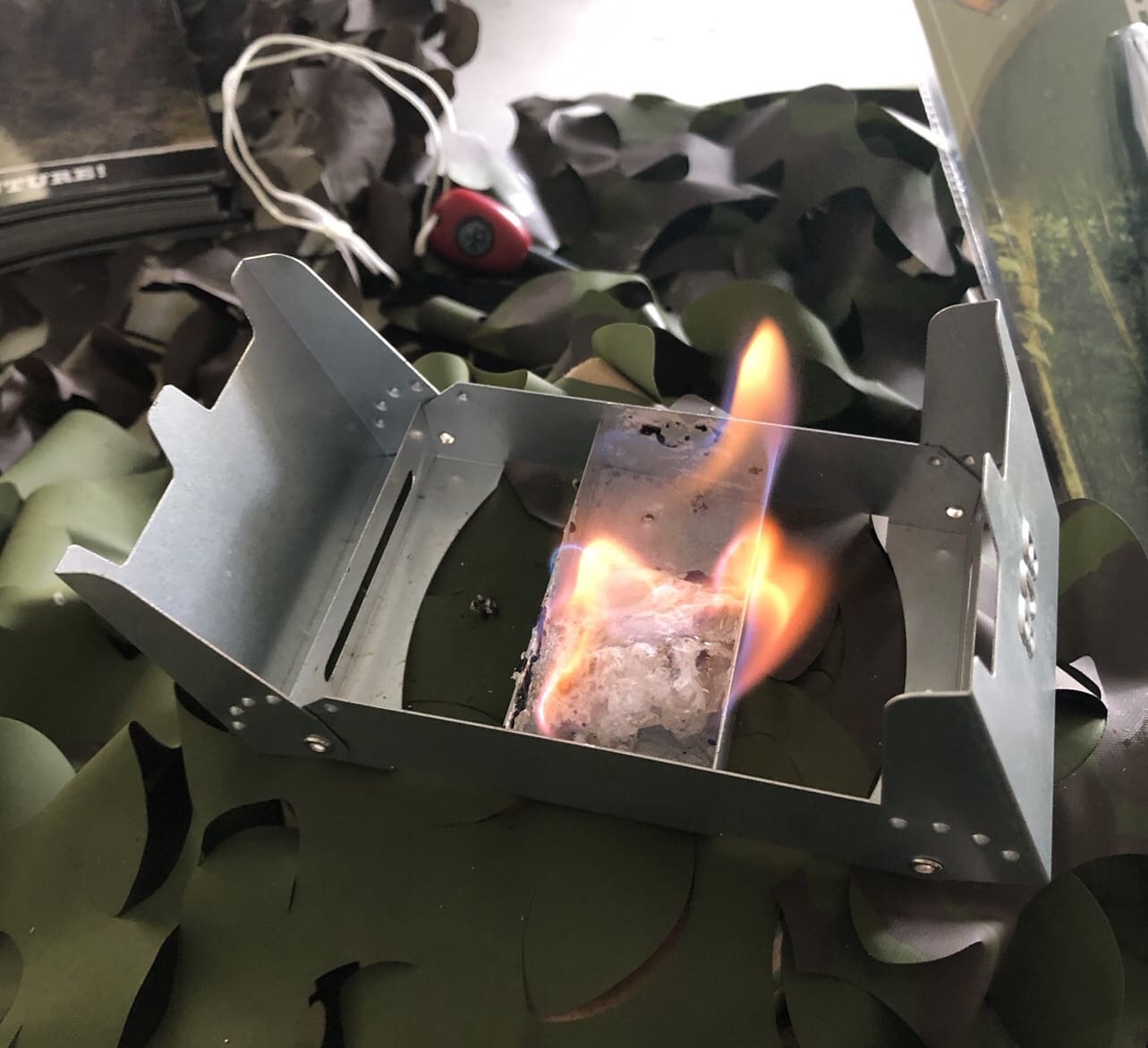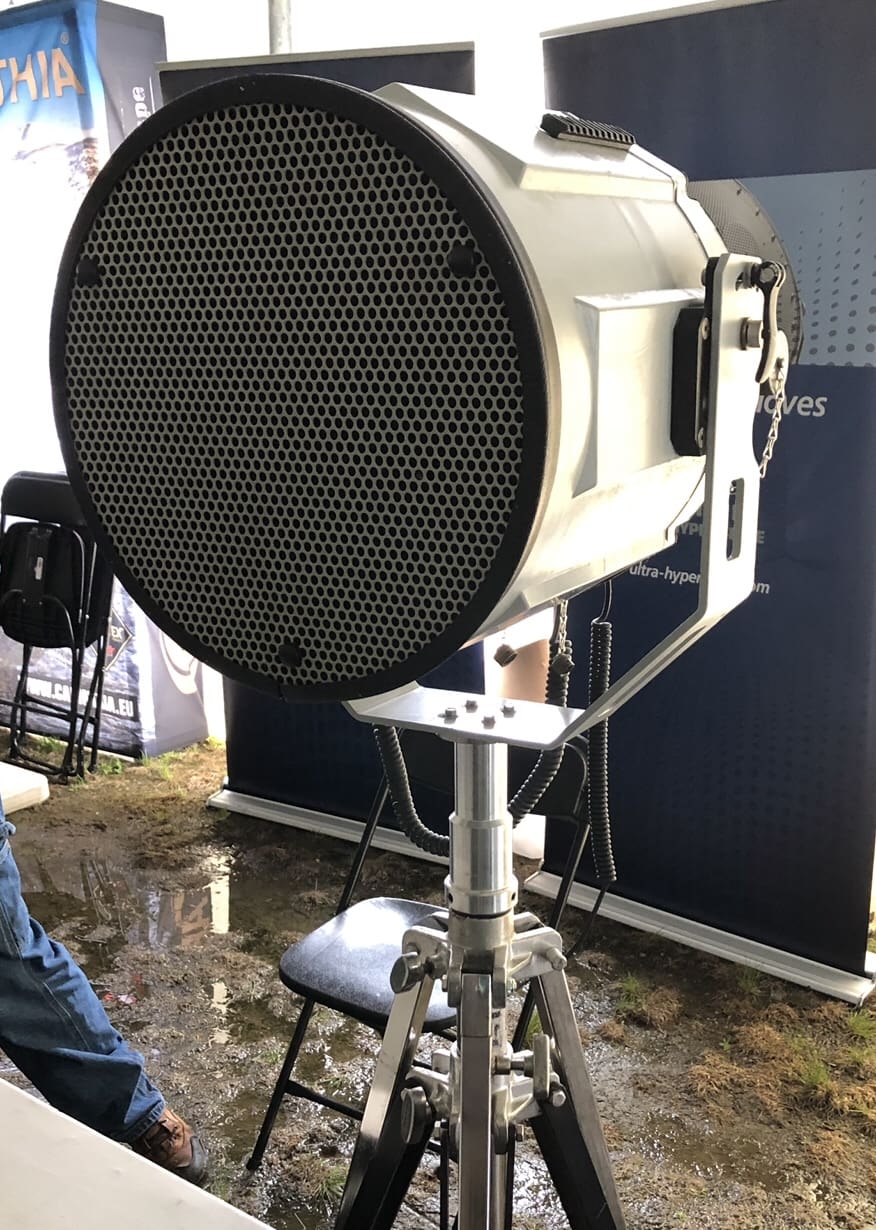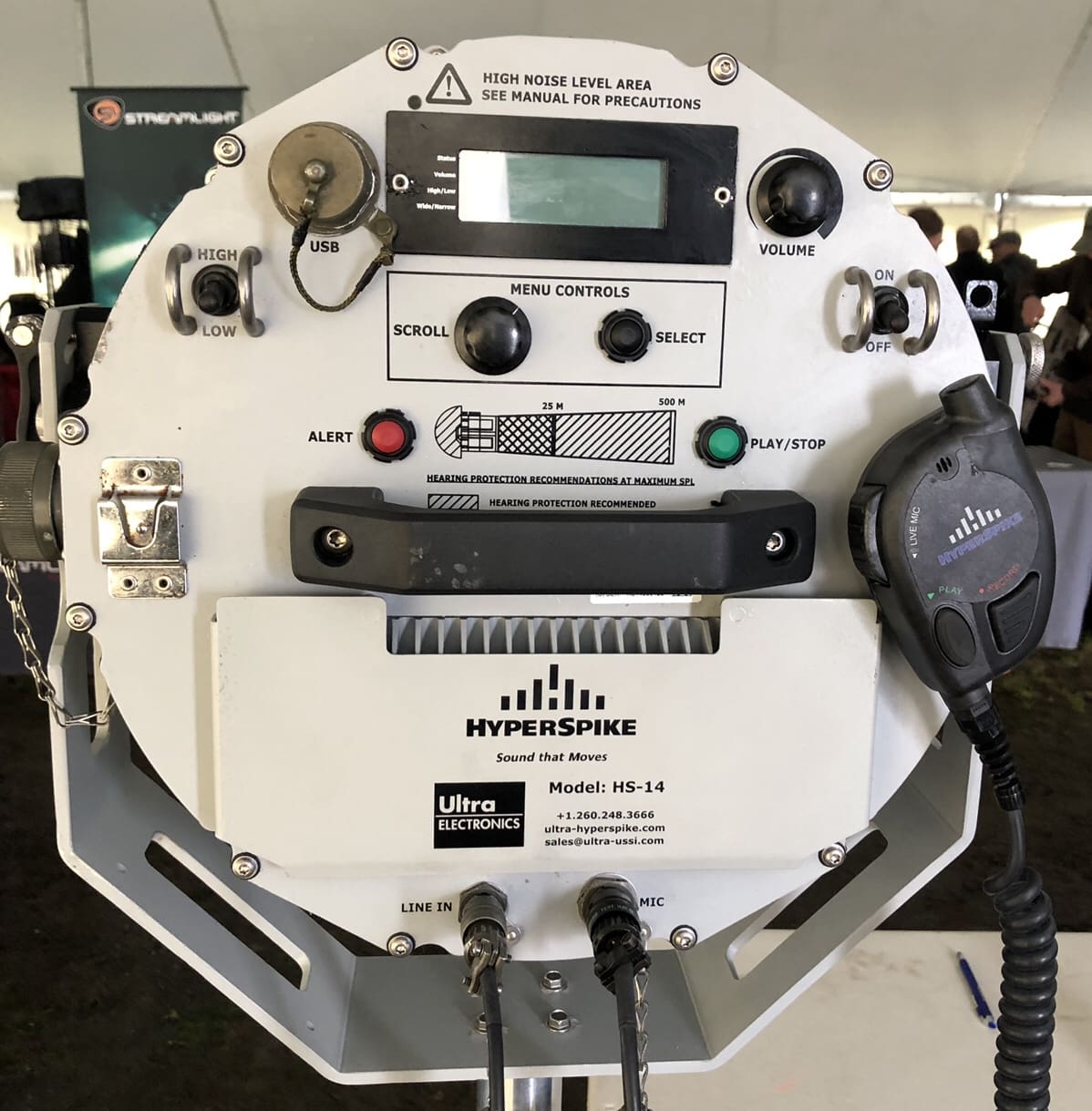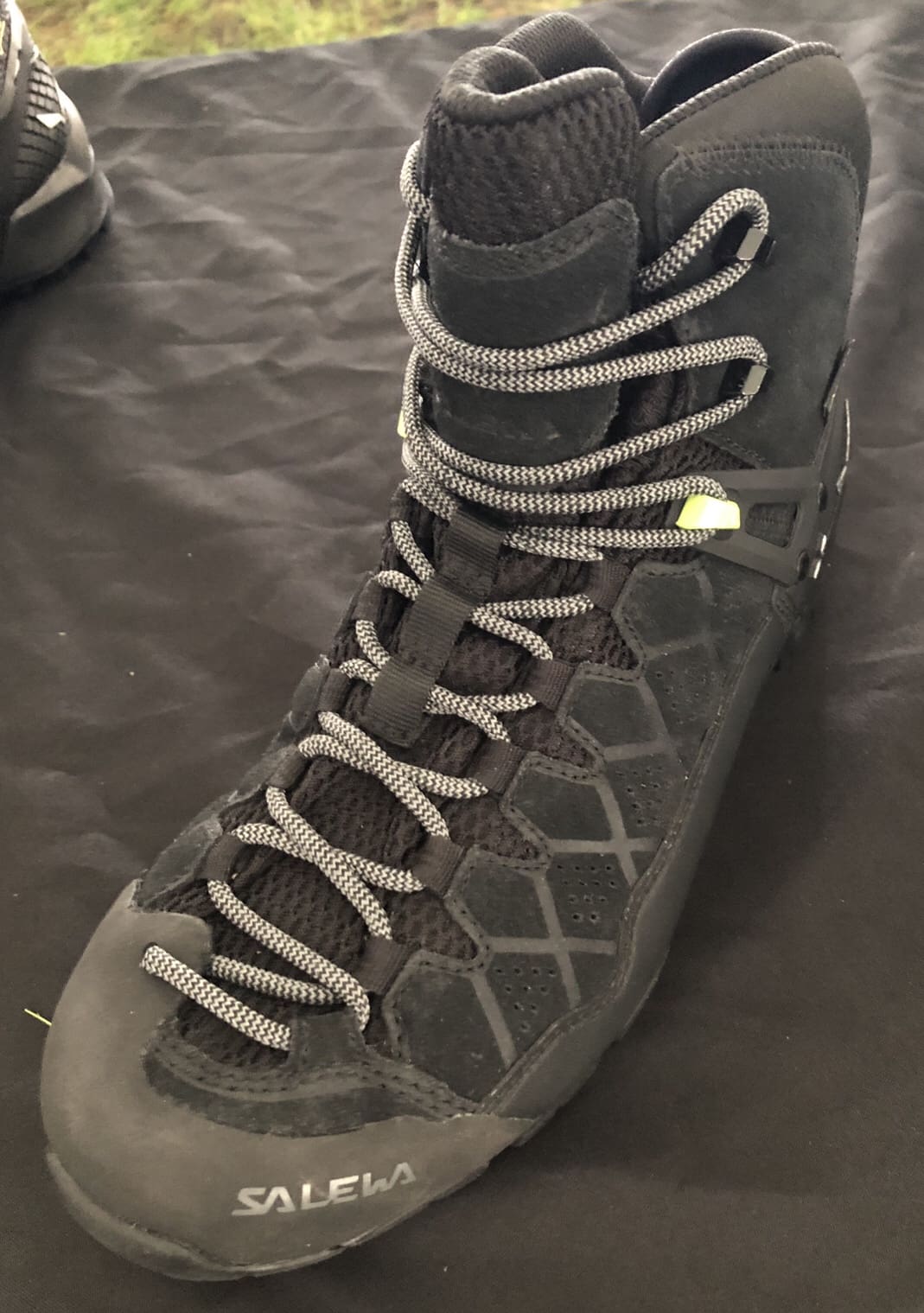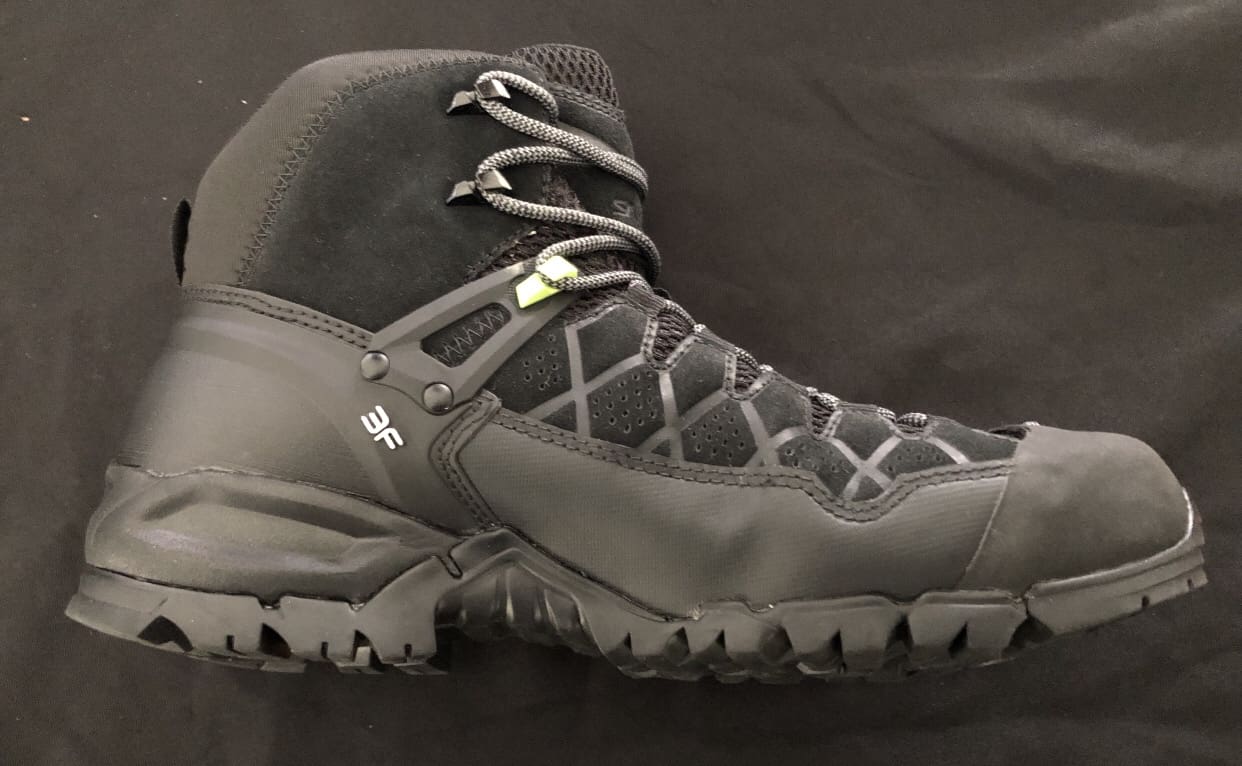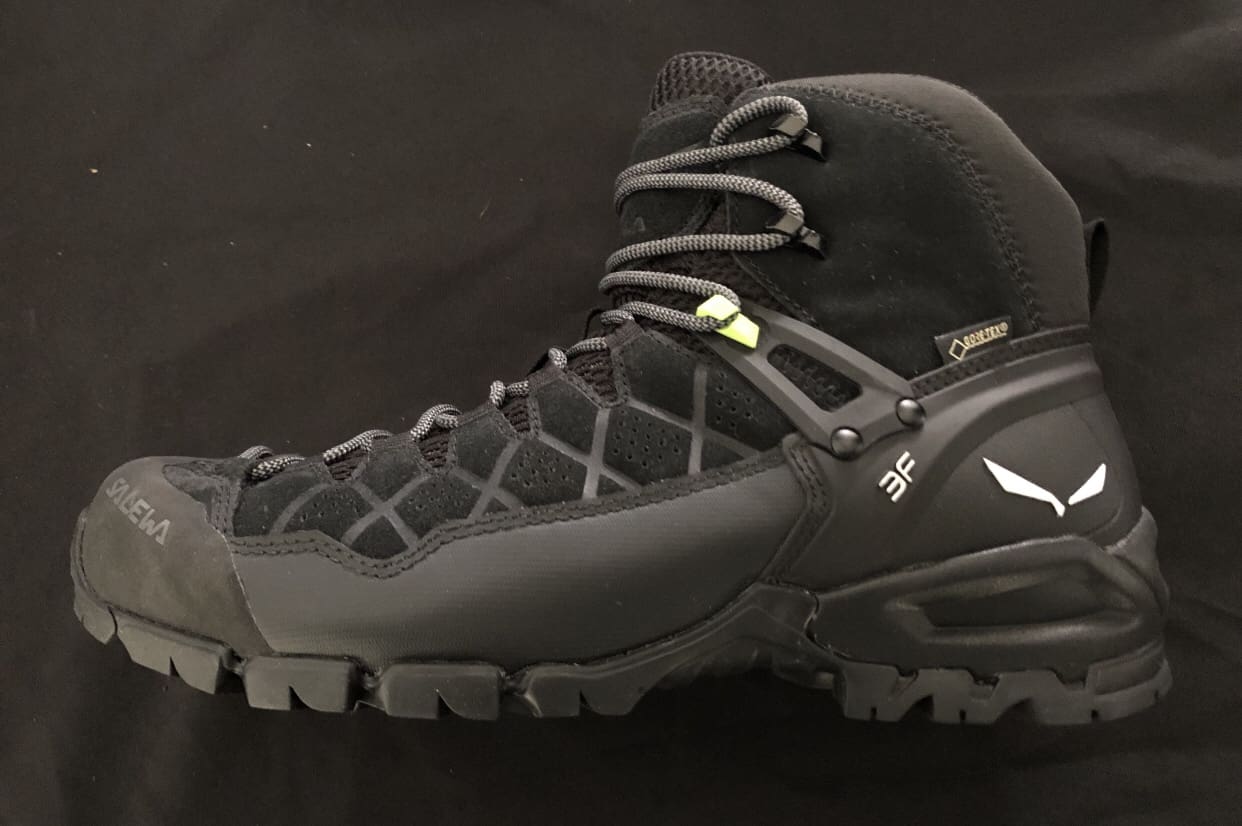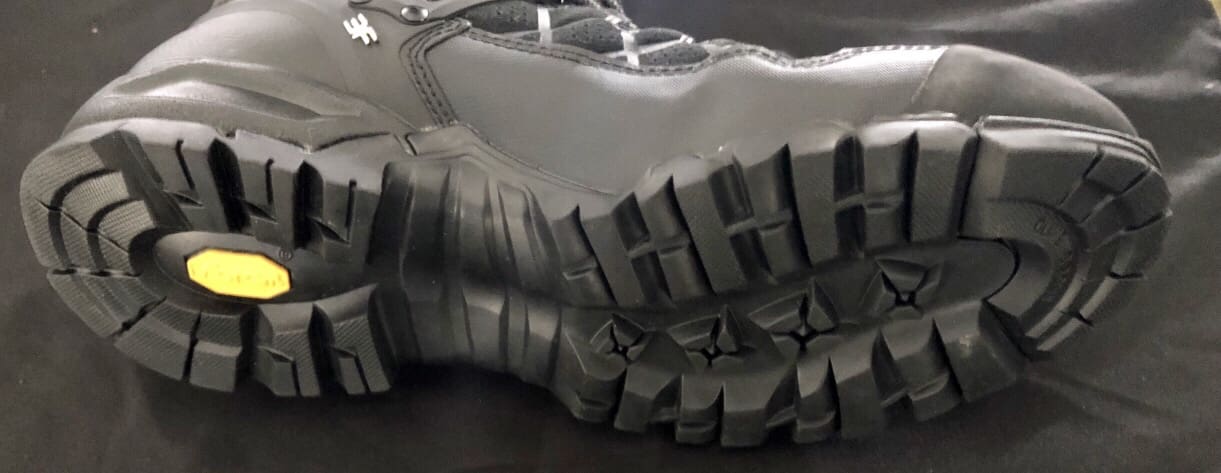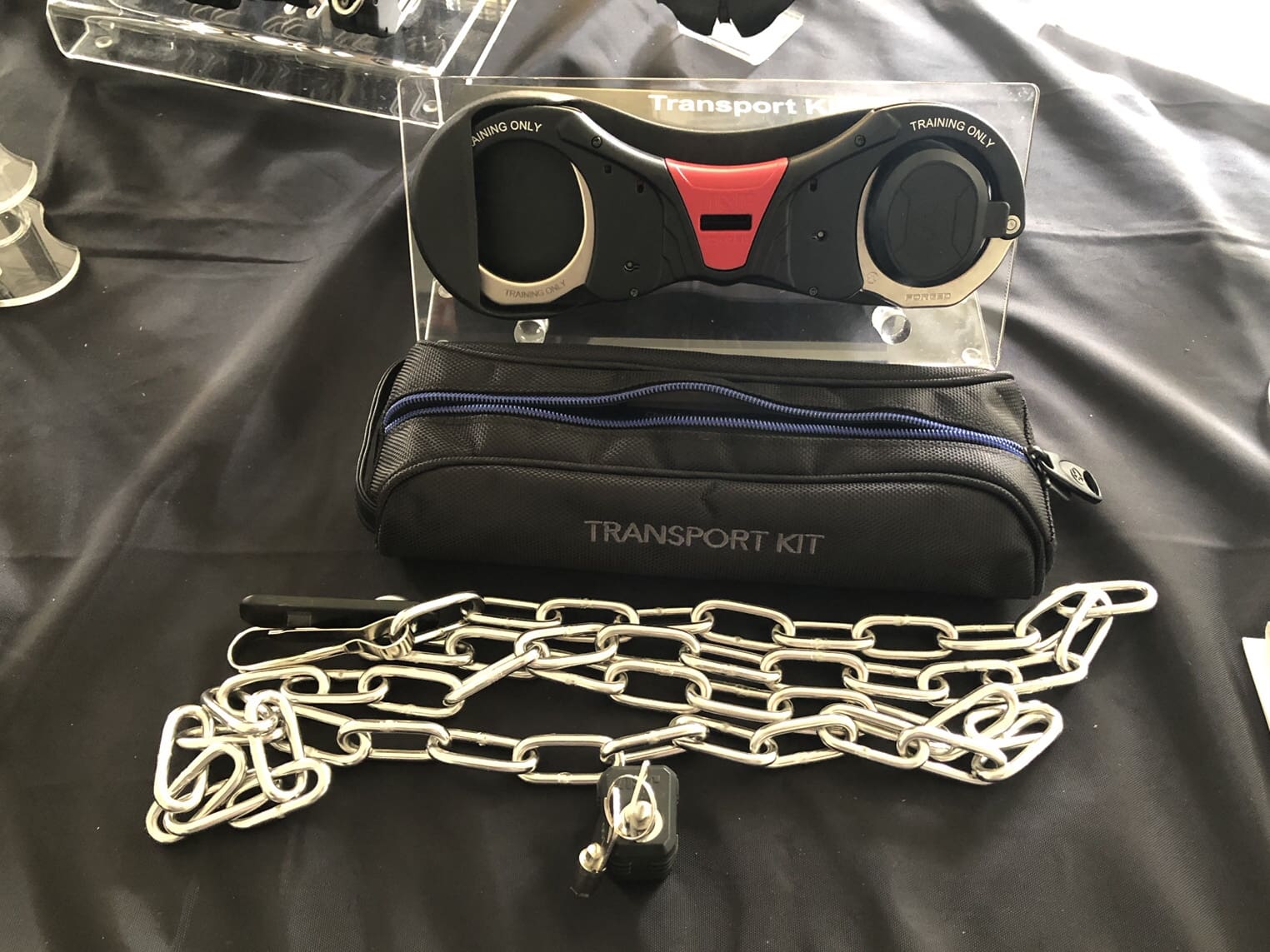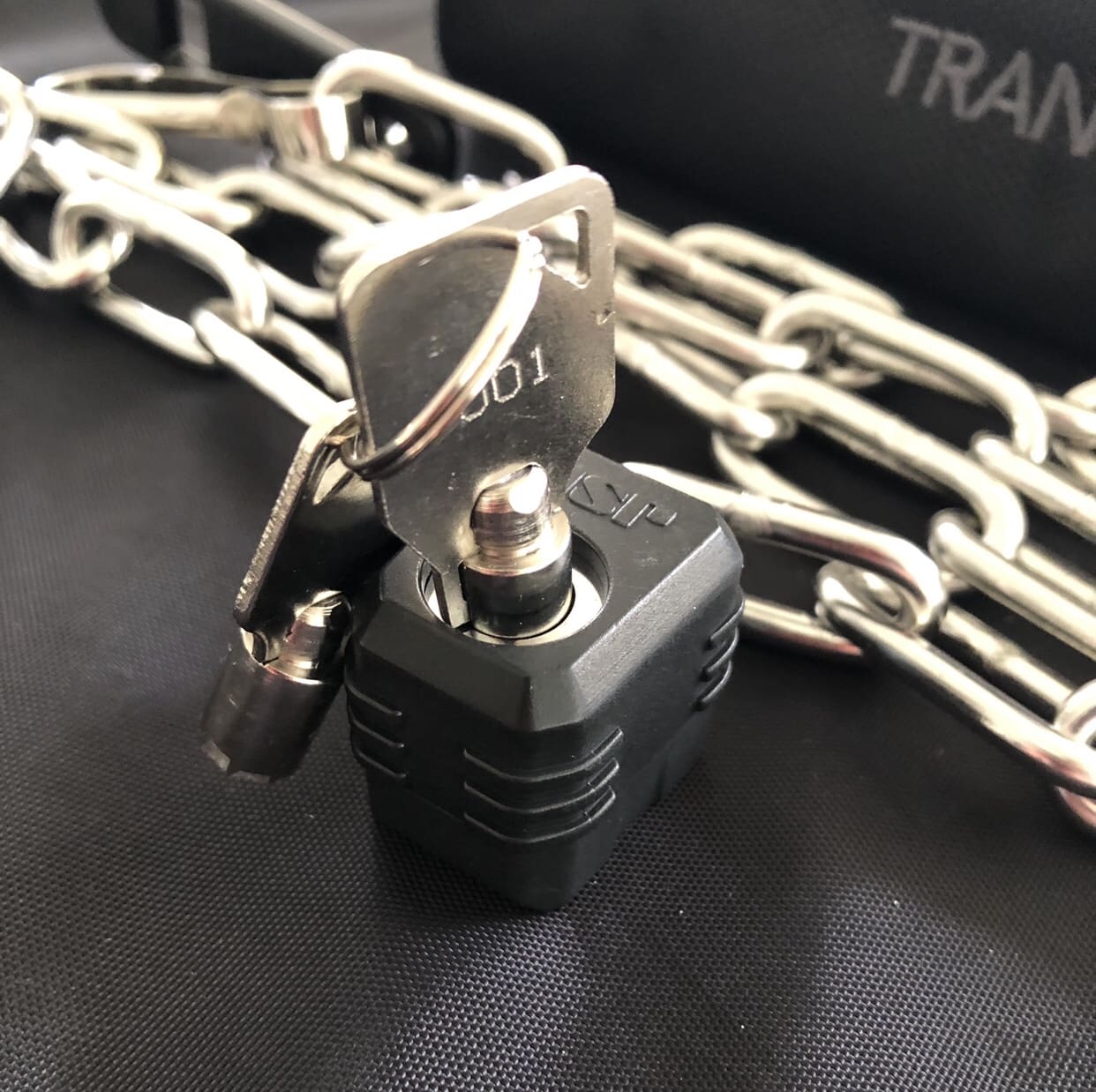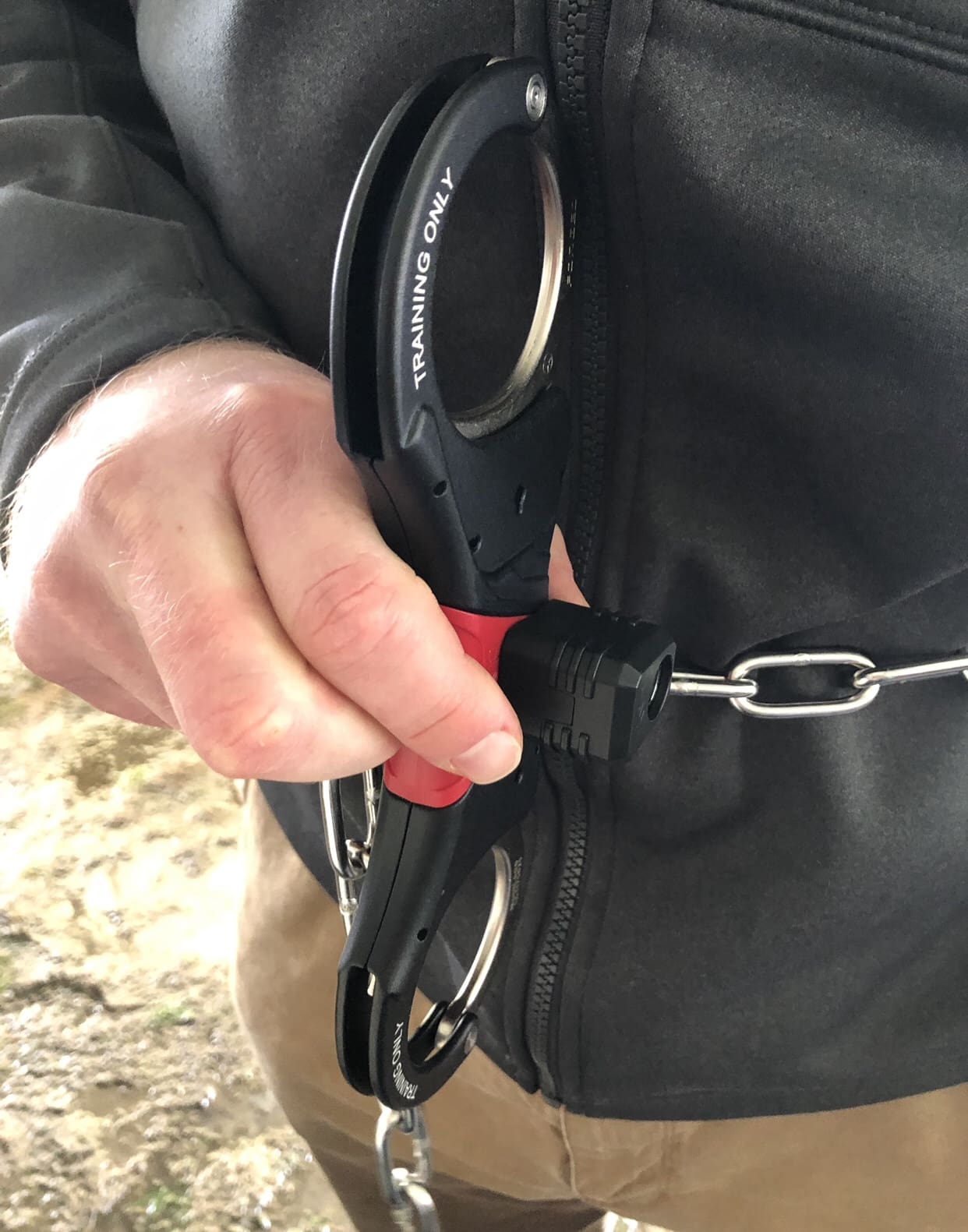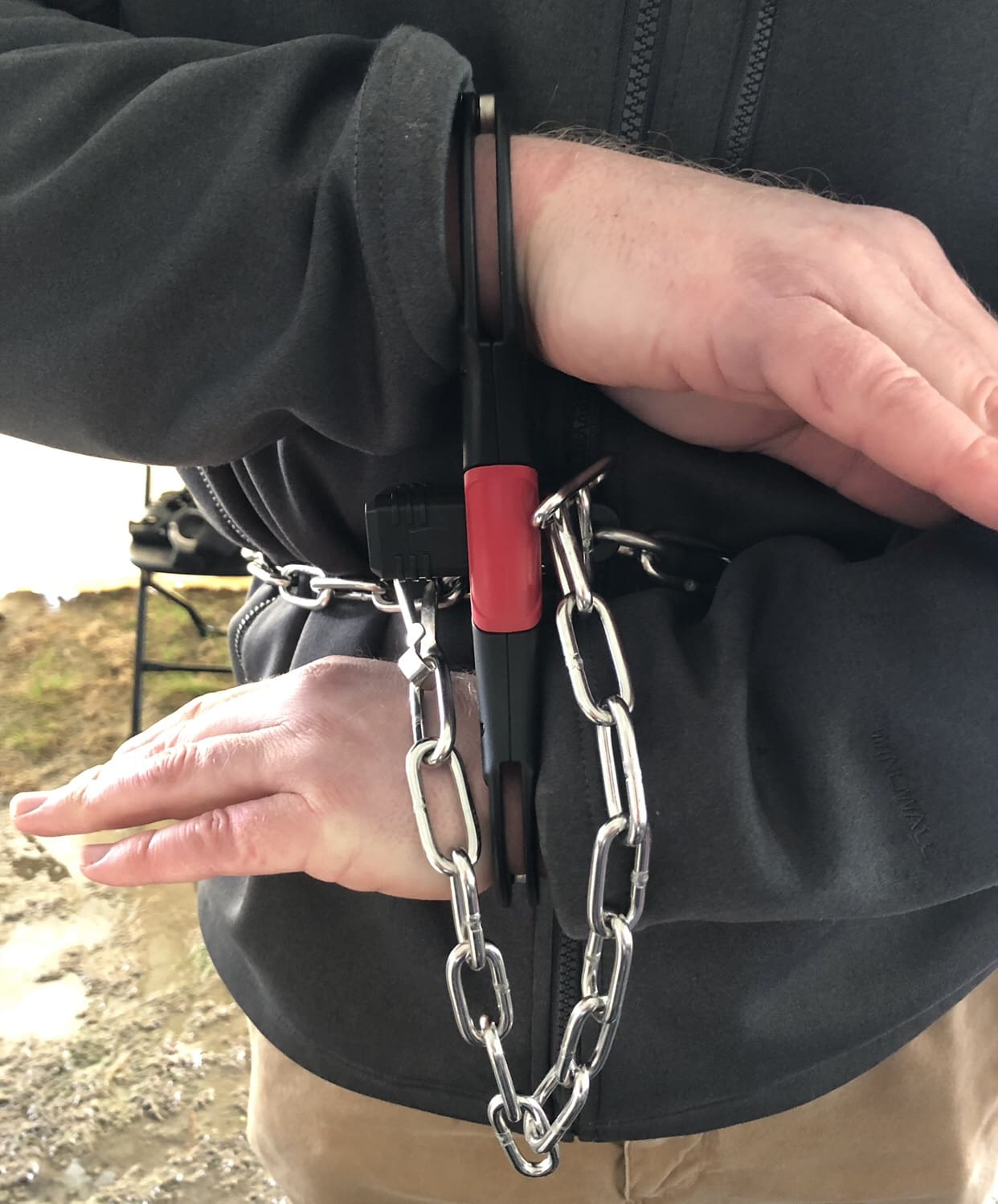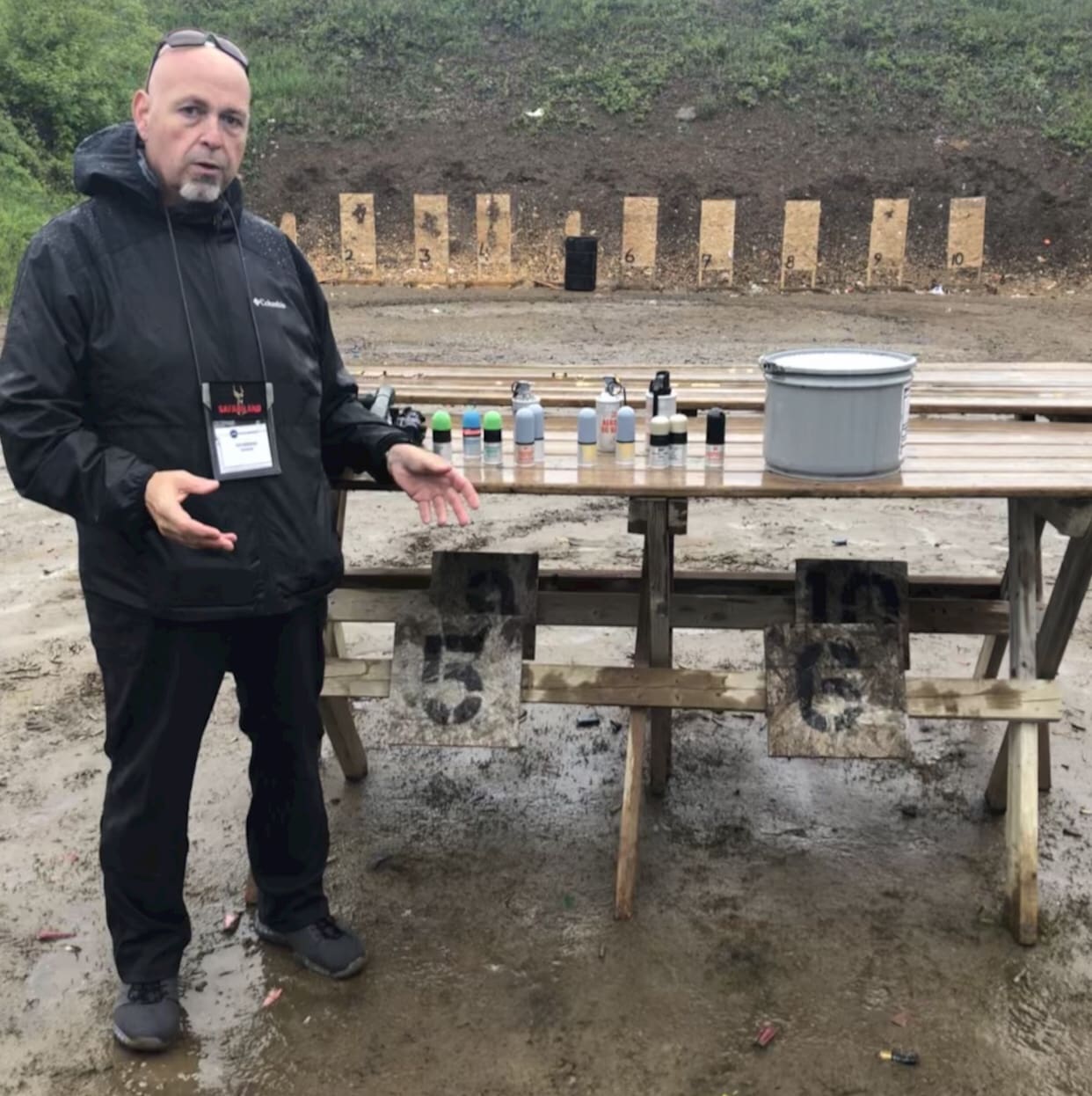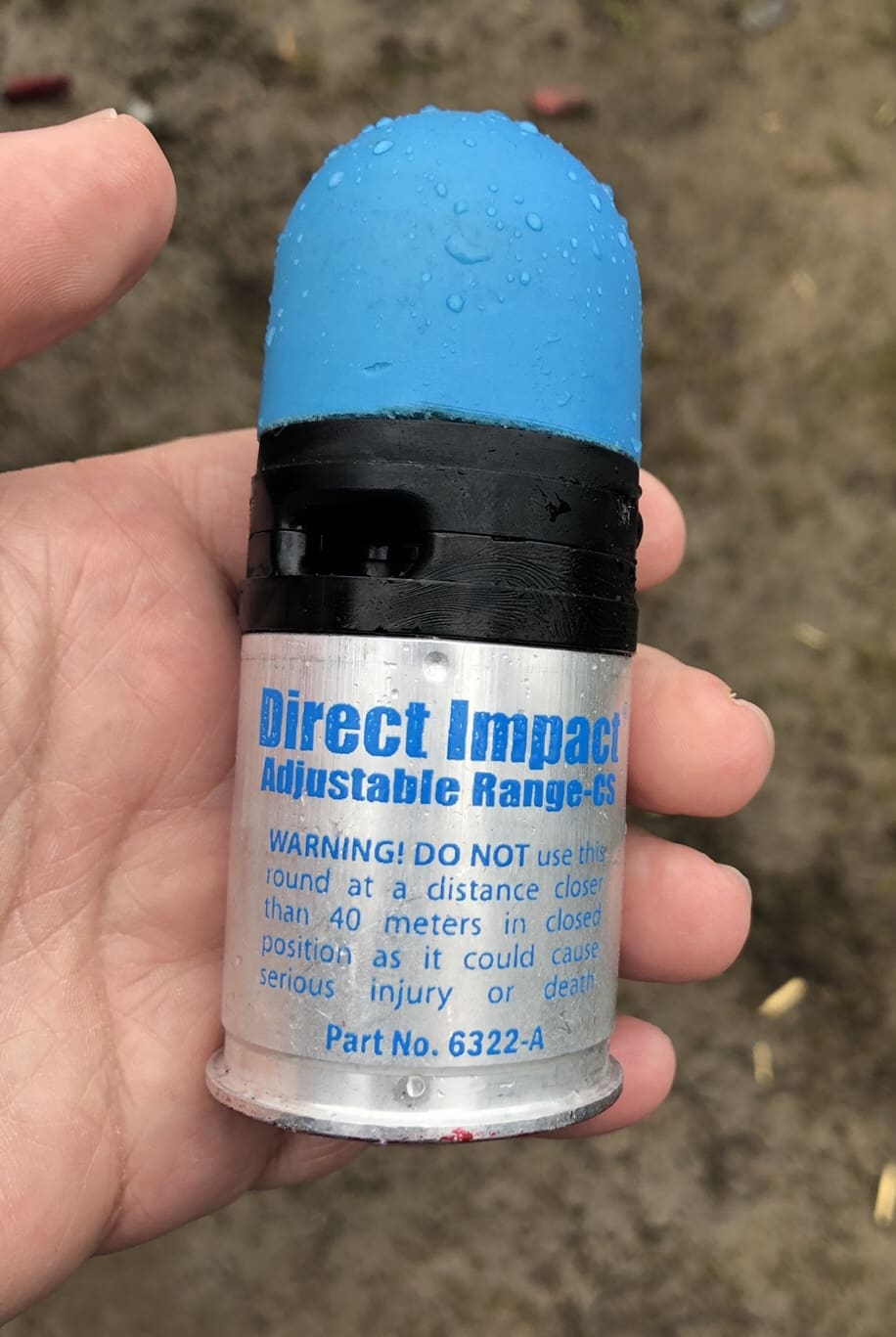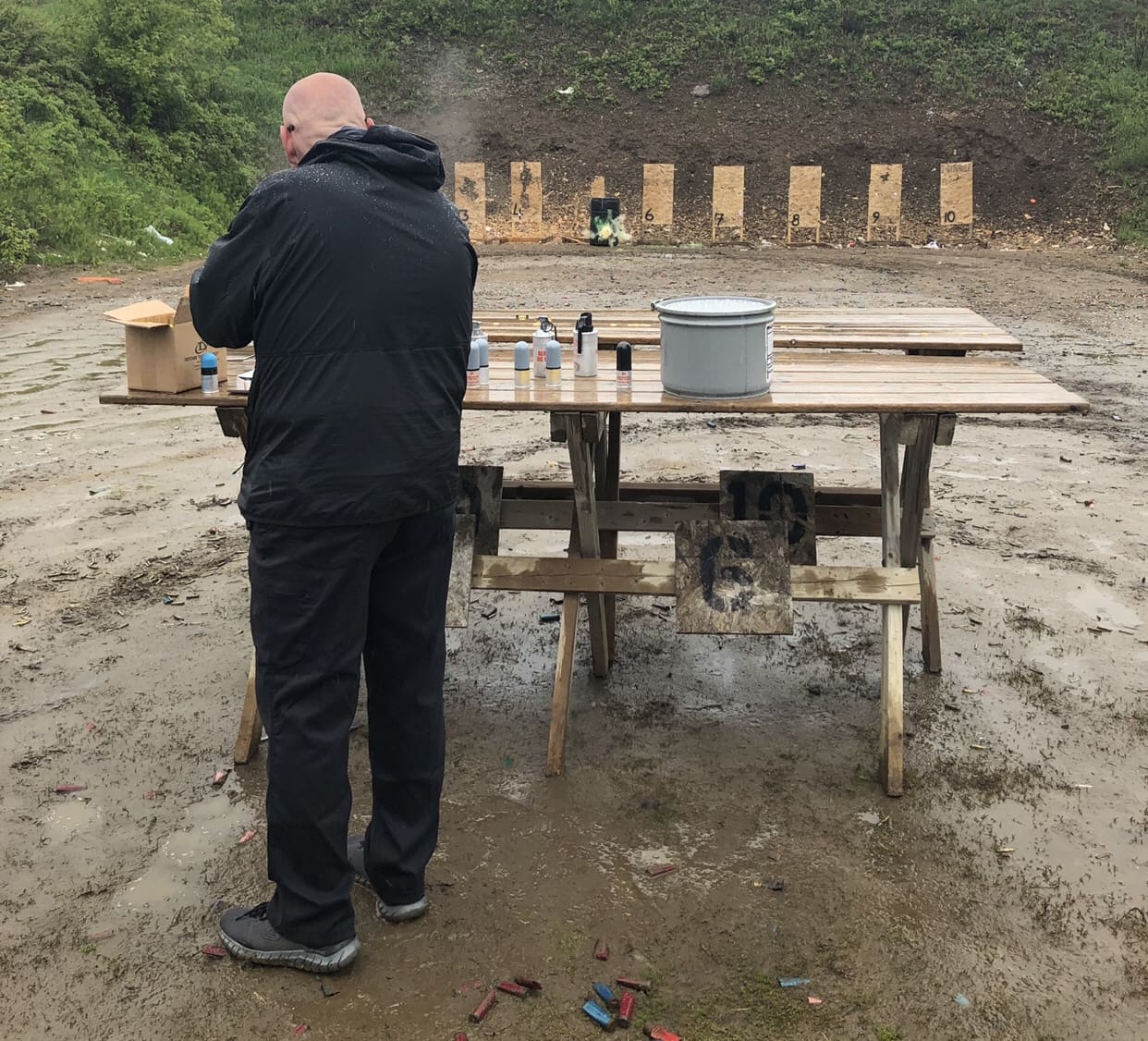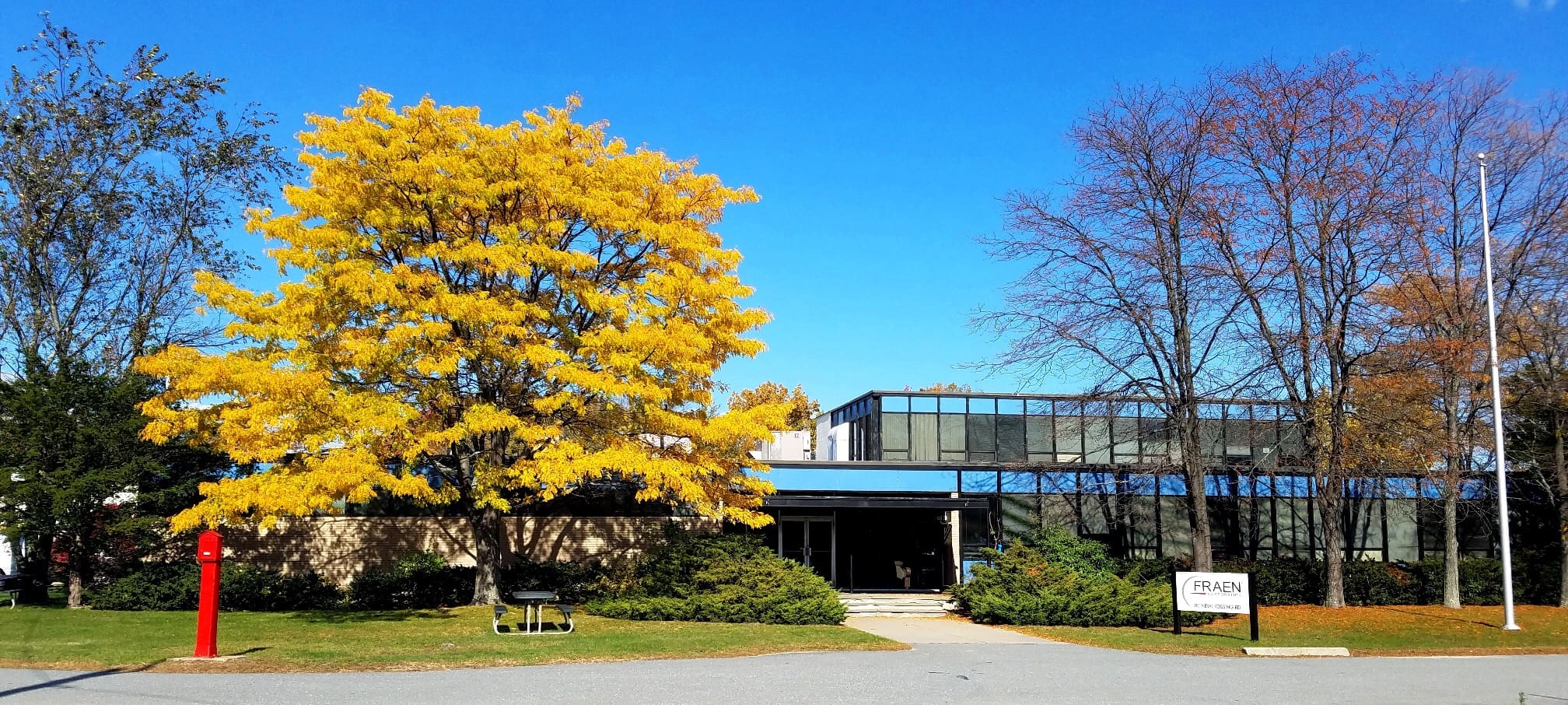
By setting up a joint venture in the military fuze sector, the Rheinmetall Group continues to expand its presence in the growing US defense technology market.
Rheinmetall and the FRAEN Corporation have joined forces to establish a joint venture in the United States called Rheinmetall Fraen Fuzes LLC (RFF) which, headed by Rheinmetall, will develop and produce military fuzes. The Düsseldorf, Germany-based technology group will hold a 51 percent share in the new company, with the remaining 49 percent held by FRAEN Corporation. The joint venture will be collocated with FRAEN Corporation headquarters in Reading, Massachusetts.
The combined capabilities of the Rheinmetall Fraen Fuzes joint venture lay the groundwork for establishing a new benchmark in the world of military fuze technology, with intensive research and development poised to create new technical and tactical capabilities.
Rheinmetall brings to the joint venture state-of-the-art technology, innovative drive, unsurpassed quality, and nearly 130 years of experience in developing and producing defense technology systems and products, especially weapon systems, ammunition, and related components. FRAEN Corporation is synonymous with precision fabrication of mechanical and electrical elements, automated production sequences with integrated quality control, and comprehensive production expertise.
In particular, America stands to benefit from the synergy effects arising from the new joint venture, coupled with access to cutting-edge fuze technology – a key component in the production of ammunition – together with an assured source of supply and excellent quality. Based on advanced Rheinmetall technologies and know-how, the creation of research and development capacity in America will be a boon for the US defense industry.
The new company constitutes a key element in the ongoing expansion of Rheinmetall’s Weapon and Ammunition division in the United States, and is an integral part of its strategy of securing existing and future US procurement orders in the weapon and ammunition domain.
As Werner Kraemer, managing director of Rheinmetall Waffe Munition GmbH, put it, “We’re very upbeat about the potential the new company opens up for our customers as well for ourselves. The combined capabilities of FRAEN Corporation and Rheinmetall mean that we’ll be able to offer our American customers the latest fuze technology and highly innovative products: Made in USA.”
“Our goal is to tap into the market for ammunition and grow the company to meet the needs of our customers in the best way possible”, states Nic Scarfo, CEO of FRAEN Corporation. “Combining our capabilities with technologies from Rheinmetall in the United States takes our business to a whole new level. We’ll be able to offer technologies and products that help our armed forces perform their important tasks. We look forward to working together with Rheinmetall!”
Darren Klein, who will lead the joint venture as CEO, stresses that “Rheinmetall Fraen Fuzes is fortunate to be able to build on the robust capabilities, experience, and product portfolios of its parent companies. Thanks to this joint endeavor, we’ll be able to offer our customers the kind of innovative and effective high-quality products they need to carry out their vital mission.”
Rheinmetall Defence is a leading maker of military vehicles and systems. In the USA, the Group is represented by American Rheinmetall Munition and American Rheinmetall Systems. Both subsidiaries are experienced suppliers of the US Department of Defense.
FRAEN Corporation is an innovative, large-volume producer of high-quality, precision metal components and assemblies, specializing in injection casting, punching, and turning.
